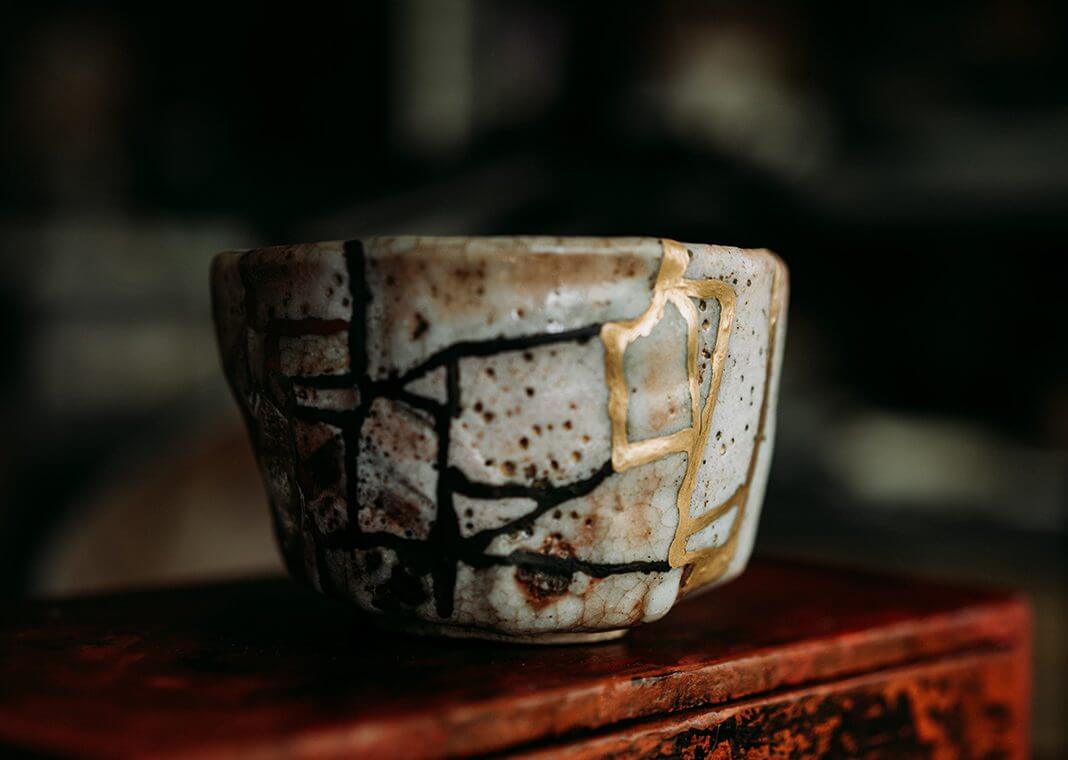I recently started doing the spiritual exercises again, and one of the first readings I pondered was from Jeremiah. In this passage (18: 1–9) God explains how to remodel and transform the house of Israel, how the potter remodeled the clay. When I opened my Bible and read through this passage, I was impressed by the picture that appeared on the first line. It says: “The vessel which he made of clay was spoiled in the potter’s hand, and he made another vessel as it seemed good to him” (Jeremiah 18: 4). At first this picture was comforting to me. If I screw it up, if I sin, if I turn away from God, God can crush me and bring me back to the damp clay ball that I started out as. Then God can sit at the potter’s wheel again and build me up again to something completely new. I always have the chance to be created from scratch by God. Then of course I looked at the note at the end of the passage: “The potter’s teaching is that God has the power to destroy or restore and change His plans accordingly if those nations disobey Him or do His will.” Yikes . Okay, less comforting.
However, as I sat with this picture for a longer time, I wondered if God is the divine Potter. What does God do with creations that break or break? If I fall, will God really grind me to sand and start all over again? Or will God fix me?
I imagine God fixes me. I can imagine God has done it so many times. I imagine God fixes us all.
I recently came across a picture of a repaired clay cup on Instagram. The cup had fallen on the floor. Instead of getting rid of the cup or grinding it into sand for some other purpose, someone had it fixed. The repairman had glued the parts of the cup back together with glue that looked like gold. The picture was taken in just enough light that the cracks glittered and glowed against the pale, muted blue of the cup.
I later discovered that this type of repair had a name. The art of repairing broken pottery in this way is called kintsugi. It’s a centuries-old Japanese art. Practitioners put the broken pieces together with a special tree sap varnish that is dusted with gold, silver, or platinum, and create unique and beautiful new pieces from what is broken. The cracks are still showing in Kintsugi. In fact, they are supposed to show. That really impressed me because I know whenever I’ve fixed something in the past, my goal has always been to make the cracks invisible. I want to hide the pieces and forget how they were broken in the first place. In this art form, however, it is the flaws and cracks that are highlighted. They are made bolder, shinier, more prominent. You become the focus, a reminder that the mistakes and imperfections are a necessary and important part of the piece’s story.
What if we considered the Divine Potter to be the Master of Kintsugi?
Imaginative exercise
Imagine for a minute how God is sitting at the potter’s wheel with hands dampened with clay and shaping you. God is there and takes time to make every curve and line special. Then God goes to the stove and fires you. Each unique element is now consolidated into a finished product. But then, when God carries you out into the world, you will be beaten up a little along the way. The first small chips are formed. Then, with age and growth, and with more life experiences, much larger cracks form. Now imagine that every time God holds you, he rubs his thumb over each crack, taking time to examine each chip. Then God stirs up a cup of gold glue and carefully repairs you. Finally, God puts you in the sunlight and watches as every chip and crack that made you who you are sparkles and shines.
Photo by Motoki Tonn on Unsplash.

